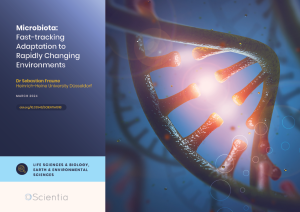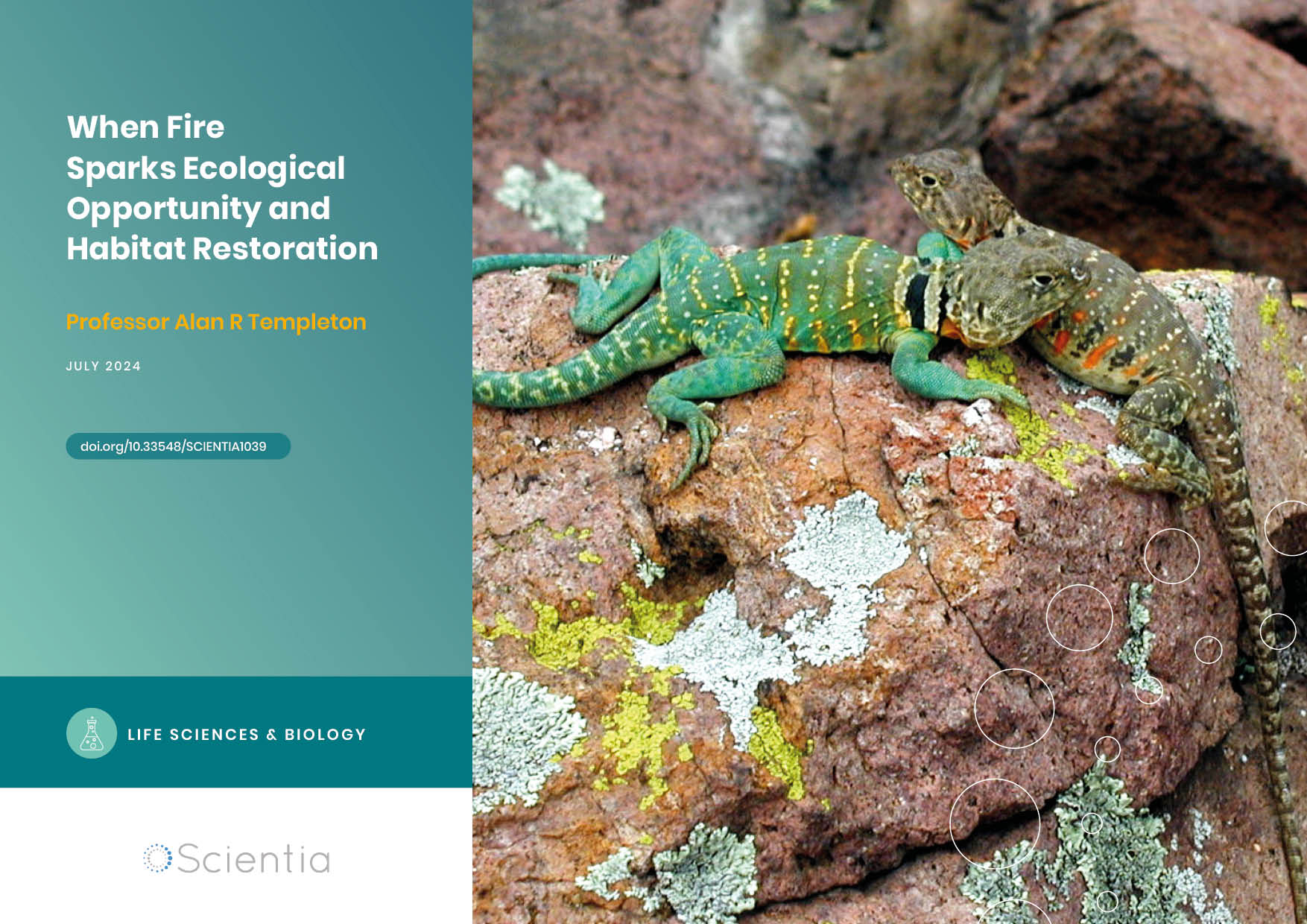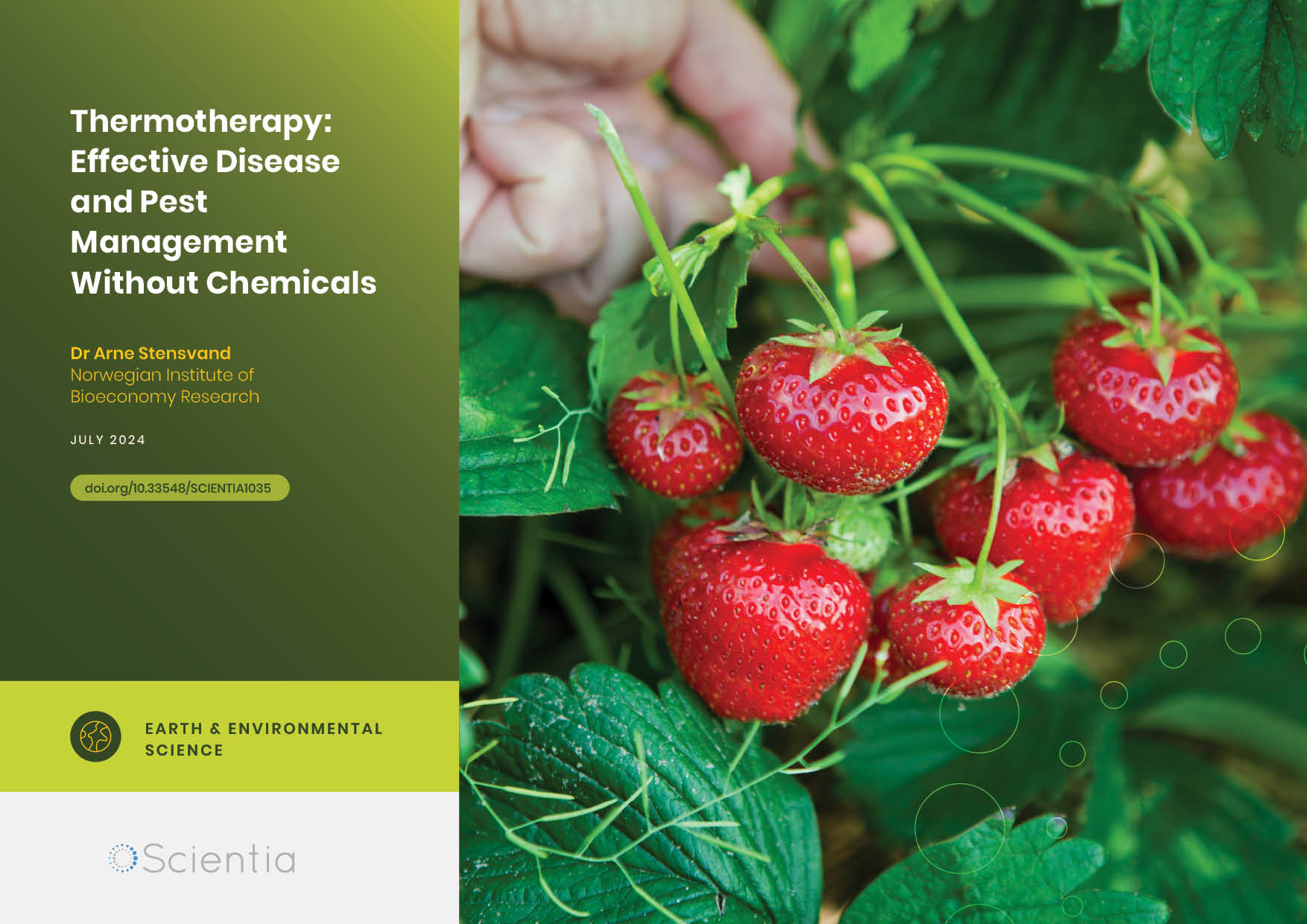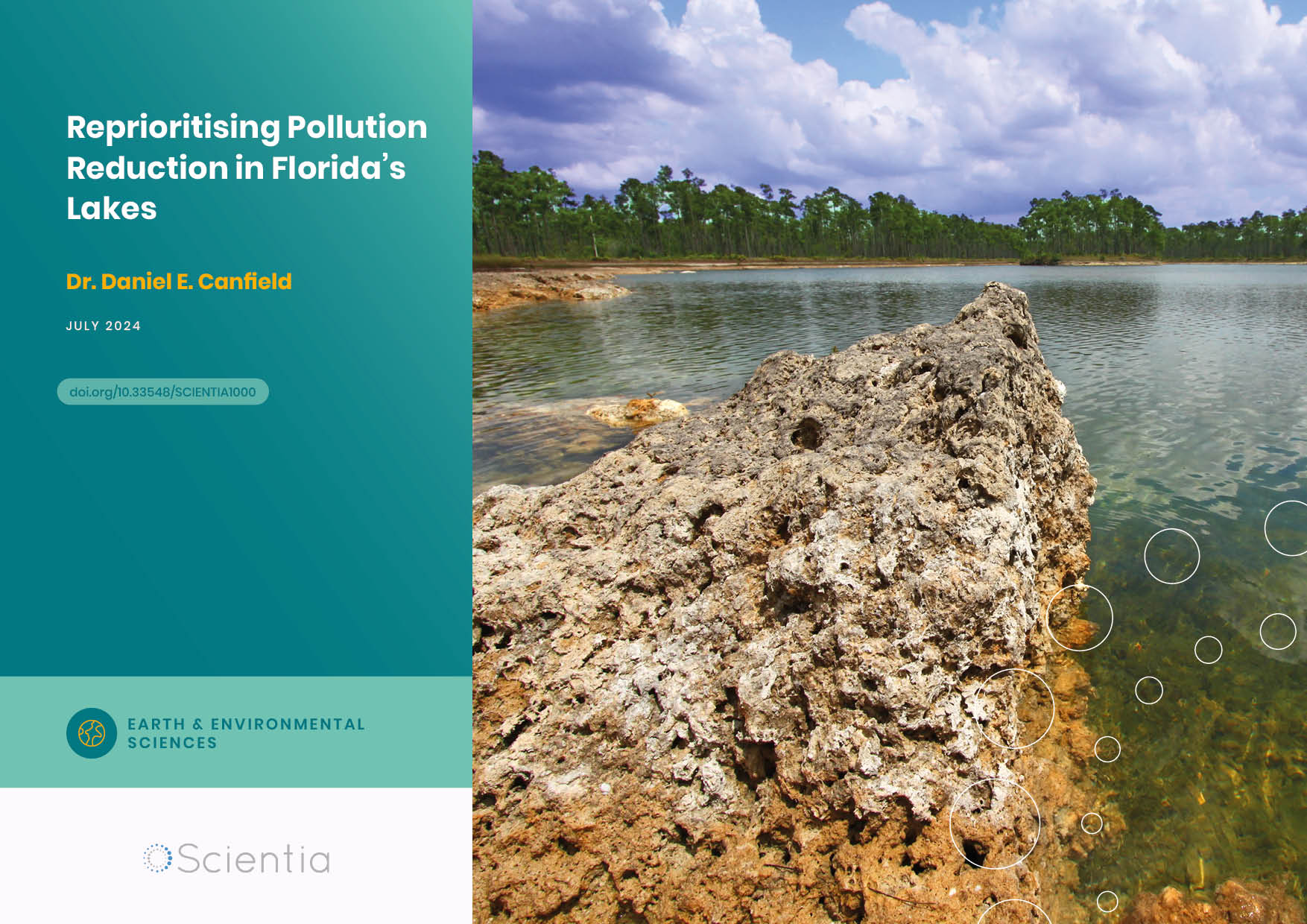Dr Sebastian Fraune | Microbiota: Fast-tracking Adaptation to Rapidly Changing Environments
As climate change continues at an unprecedented pace, the processes of natural selection and genetic mutation can no longer fully explain how some organisms adapt to their rapidly changing environments. Dr Sebastian Fraune from Heinrich-Heine University and an international team of researchers are the first to demonstrate a causal relationship between changes in the microbiome and changes in thermal tolerance. They propose that microbiota-mediated transgenerational acclimatisation can account for how animals adapt to their environments in much shorter periods of time than classical theory would predict.
The Star(let) of the Show
Sea anemones are part of the taxonomic group known as Cnidarians (which contains animals, including corals and jellyfish). They are among the simplest multicellular organisms (in which groups of cells take on different functions) and live collectively as a community, as a host organism and its microbiome. The small starlet sea anemone Nematostella vectensis (N. vectensis) is an example found in brackish waters in a few places in southeastern England, and along both the eastern and western seaboard of North America.
When threatened with heightened environmental pressures, species that are able to migrate typically move to more favourable areas. Those which are immobile (or ‘sedentary’), such as sea anemones, must find alternate means to adapt. With the ability to reproduce both sexually and asexually and being easy to reproduce and care for in the laboratory, N. vectensis is a perfect organism with which to study topics such as evolution, genomics, and reproductive biology.
Long-term Controlled Acclimation: A Key Experiment
To better understand how N. vectensis can adapt to rising temperatures, Dr Sebastian Fraune from Heinrich-Heine University and a team of international researchers conducted a study over several years, gleaning valuable new insights into the host organism, N. vectensis. and its associated communities of microscopic organisms, individually known as microbes.
Under controlled laboratory conditions, Dr Fraune’s team cloned 150 organisms from a single female polyp and split these into cultures of 10. Each culture was increased to 50, and these numbers were maintained throughout the course of the study. Five cultures of polyps were then acclimated for nearly three years at each of three temperatures: low (15°c), medium (20°c), and high (25°c).
Dr Fraune explains, “Most importantly, we wanted to determine whether microbes bring advantages in terms of heat resistance to increases in water temperature. We tested this experimentally through the microbial transplantation of heat-adapted bacteria. We also asked whether these effects are inherited by so-called ‘vertical transmission’ of the microbes, which simply refers to the direct transmission from the parent to the next generation.”
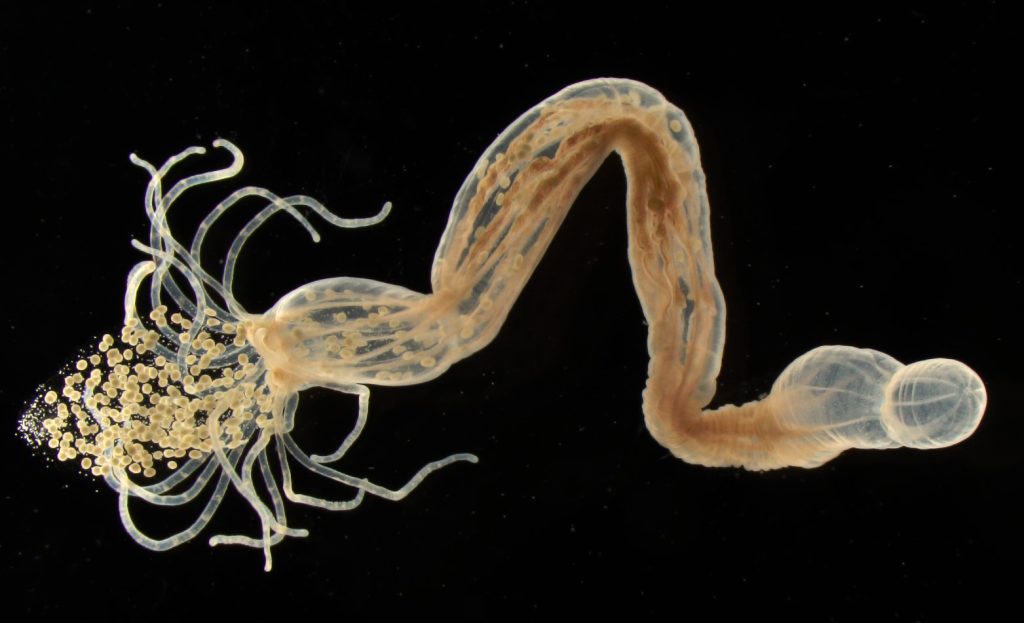
Nematostella vectensis (adult female). Credit. Hanna Domin
Phenotypic Plasticity During Temperature Acclimation
Critically, distinct differences in organisms acclimatised to different temperatures emerged. After 132 weeks, polyps acclimated at the high temperature were seven times more asexually reproductive than those acclimated at the lowest temperature. This reflects their versatility in reproduction, driving the trade-off between sexual and asexual (measured by clones/week) reproduction at low and high temperatures. Such changes in response to the environment are referred to by scientists as ‘phenotypic plasticity’.
In terms of survival, polyps acclimatised to the low and medium temperatures had 100% mortality in a heat stress experiment at 132 weeks – confirming that they would not be able to survive extremely high temperatures. Most strikingly, polyps acclimated at the high temperature had a much higher survival rate under heat stress.
The Contribution of Epigenetic Change
To evaluate the host contribution to the observed thermal tolerance, the gene expression profiles of one animal per culture were analysed at 75 weeks. By extracting and sequencing the mRNA of each animal, the differentially expressed genes were determined, and gene ontology enrichment analysis (a statistical approach to interpreting the functions of the genes) was conducted.
Animals acclimated at high temperatures showed significantly higher expression of genes related to several factors, including innate immunity and the proliferation of epithelial cells, compared with animals acclimated at the lower temperature who expressed genes associated with viral processes (implying a greater vulnerability to infection). Most importantly, Dr Fraune notes that genes related to epigenetic modifications were differentially expressed, indicating that epigenetic modifications may contribute to thermal tolerance.
Temperature Acclimation and the Microbiome
The 16s rRNA gene is present in all bacteria. This gene contains highly conserved nucleotide sequences interspersed with genus- or species-specific regions, which allow for easy identification of bacteria present in a sample. By sequencing the 16s rRNA of selected polyps, Dr Fraune’s team were able to qualify and quantify the microbiota present within each polyp. After around two years, the composition changes seemed to have stabilised, and at the end of the study, there were clear differences between the microbial communities found in animals acclimated at the higher and lower temperatures.
Most bacterial groups maintained a stable association with N. vectensis over time. The researchers draw parallels with previous studies on corals, which also demonstrate a ‘core microbiota’ presence persisting over time and/or locations, and a ‘dynamic microbiota’ which varies due to changing environmental conditions.
Key Findings: Vertical and Horizontal Tolerance Transference by the microbiome
Vertical transmission of fitness and microbiota from mother to offspring was assessed by looking at the survival rate and bacterial composition of the juveniles. Parents acclimatised to high temperatures passed on a higher fitness to their offspring, evidenced by their significantly higher survival rate compared to the other offspring.
The microbial analysis confirmed that differential bacterial communities colonise adult and juvenile polyps. While 50% of the variation (dispersion) of the data could be mathematically explained by the development temperatures of the juveniles, excitingly, 20% could be explained by the acclimation temperatures of the parents. Thus, acclimated bacteria could be transmitted and persist throughout generations.
The researchers also showed that horizontal transference (among the same generation) of heat tolerance is also possible via microbial transplantation alone by performing microbial transplants from acclimated to non-acclimated polyps. Polyps transplanted with microbes from animals acclimated at 15°C showed a 33% survival rate, increasing to 80% in polyps transplanted with microbes from animals acclimated at 25°C.
Next Steps: Understanding the Underlying Genetic Mechanisms
While previous studies had shown correlations between changed microbiomes and changed fitness, Dr Fraune and his team are the first to demonstrate a causal relationship between changes in the microbiome and changes in thermal tolerance. They achieved this by undertaking sampling and analysis under controlled environments, and being able to exclude the effects of genetic changes. Whilst the data were unable to fully account for the contribution of gene expression changes to thermal acclimation, it seems likely that gene expression adjustments stem from a combination of thermal acclimation and changing microbial composition.
Dr Fraune and his team are now testing their speculations regarding the underlying mechanisms of bacterial-mediated heat resistance. More specifically, they are testing individual isolated bacteria for their ability to improve heat tolerance to identify the underlying genetic mechanisms by comparative genomics of acclimatised and non-acclimatised strains. Finally, from a marine conservation perspective, this recent demonstration of microbiota-mediated transgenerational acclimatisation opens up exciting possibilities for ensuring the protection of threatened sedentary marine organisms.
SHARE
DOWNLOAD E-BOOK
REFERENCE
https://doi.org/10.33548/SCIENTIA1018
MEET THE RESEARCHER

Dr Sebastian Fraune
Institute for Zoology and Organismic Interactions
Heinrich-Heine University Düsseldorf
Düsseldorf
Germany
In 2009, Dr Sebastian Fraune achieved his doctorate with his dissertation titled ‘Towards understanding a holobiont: Host-microbe interaction in Hydra’ at the Christian-Albrechts University of Kiel in Germany. He continued work at the same institution as a postdoctoral researcher and, in 2019, progressed to independent junior research group leader. He is now a professor in zoology and organismic interactions and focuses his research on the fundamental principles of animal-microbe interactions at the molecular, cellular and organismal levels. His teaching responsibilities include teaching undergraduate and postgraduate courses, as well as the supervision of research students.
CONTACT
E: fraune@hhu.de
W: https://www.organismicinteractions.hhu.de/
KEY COLLABORATORS
Laura Baldassarre, Heinrich-Heine Universität Düsseldorf, Germany; National Institute of Oceanography and Applied Geophysics, Italy
Hua Ying, The Australian National University, Australia
Adam Reitzel, University of North Carolina at Charlotte, USA
Sören Franzenburg, Kiel University, Germany
FUNDING
Human Frontier Science Program
FURTHER READING
L Baldassarre, H Ying, AM Reitzel, et al., Microbiota mediated plasticity promotes thermal adaptation in the sea anemone Nematostella vectensis, Nature Communications, 13(1), 3804. DOI: https://doi.org/10.1038/s41467-022-31350-z
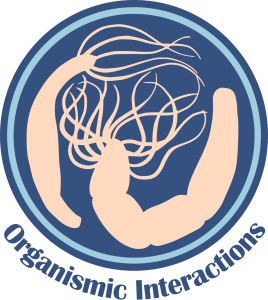
REPUBLISH OUR ARTICLES
We encourage all formats of sharing and republishing of our articles. Whether you want to host on your website, publication or blog, we welcome this. Find out more
Creative Commons Licence (CC BY 4.0)
This work is licensed under a Creative Commons Attribution 4.0 International License. 
What does this mean?
Share: You can copy and redistribute the material in any medium or format
Adapt: You can change, and build upon the material for any purpose, even commercially.
Credit: You must give appropriate credit, provide a link to the license, and indicate if changes were made.
SUBSCRIBE NOW
Follow Us
MORE ARTICLES YOU MAY LIKE
Dr Robert Larkin | Cultivating Change to Improve Soil Health and Increase Potato Yield
Environmental quality and food production are facing the pressing challenges of climate change and global population growth. Dr Robert Larkin from the United States Department of Agriculture-Agricultural Research Service (USDA-ARS) and a team of plant scientists developed and tested a range of crop management systems to help overcome these compounding challenges. Their work is improving soil health and increasing the yield of potato crops, contributing to the future food security of nations.
Professor Alan Templeton | When Fire Sparks Ecological Opportunity and Habitat Restoration
How far would you be willing to go to save an endangered species? Would you consider burning part of a forest as a solution? As unconventional as it may sound, conservationists sometimes resort to such measures to restore lost habitats. One remarkable example is the efforts to save eastern collared lizards – and indeed the entire biological community in which they live – in the Ozarks, spearheaded by American geneticist and statistician Professor Alan Templeton of Washington University in St Louis, USA.
Dr Arne Stensvand | Thermotherapy: Effective Disease and Pest Management Without Chemicals
Dr Arne Stensvand and his team at the Norwegian Institute of Bioeconomy Research are developing physical methods of pest reduction in plants. The team is specifically interested in strawberry plants, for which pest management is vital for crop success. They are pioneering thermotherapy as a heat treatment method to provide an environmentally effective and economically sound non-chemical approach to pest management.
Dr. Daniel Canfield | Reprioritising Pollution Reduction in Florida’s Lakes
Florida’s landscape is dotted with thousands of lakes that reflect regional geology, topography and anthropogenic activities. Phosphorus and nitrogen are critical nutrients for maintaining the wide range of biological production expressed across Florida, but excessive inputs of these nutrients due to past human activities impair many waters. There has been a long history of work aiming to address associated water quality pressures, and Dr. Daniel Canfield at the University of Florida has been at the centre of these efforts for over 40 years. Now, with the correction of point-source nutrient inputs, Dr. Canfield proposes that holistic lake management, including the integration of in-lake management strategies with a focus on organic sediment removal, should be much more prominent on the US government’s agenda to provide faster restoration of stakeholders’ lake usability.

